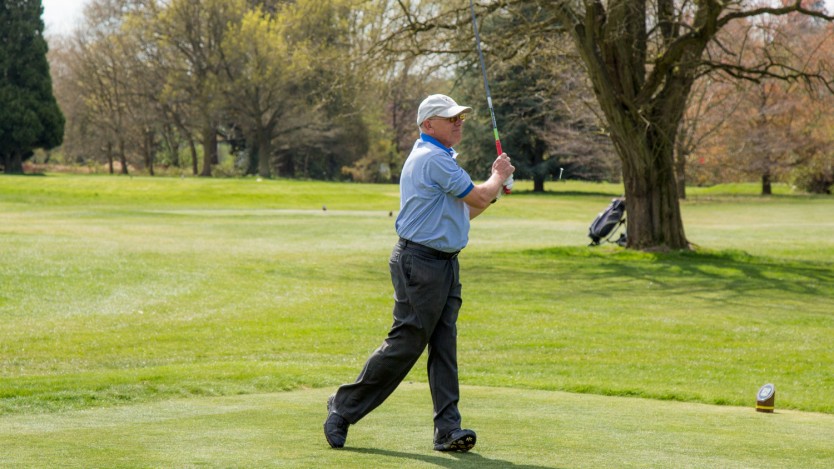With the turning of the year has come the introduction of various changes to the administration of golf, ie changes in the CONGU Unified Handicapping Scheme and Rules of Golf. Whilst not being an expert in either of these areas, I do have views with which you may, or may not, agree.
Dealing with the CONGU UHS first:
- Preferred Lies – allowing each union to adopt a period when this can be instituted, rather than prescribed dates being imposed. This will save a club, whose ground conditions warrant preferred lies outside of these dates, having to make an application to their Union/Association.
- CSS Calculation – including Category 4 players’ scores for both men and women goes some way to ensuring that the scheme is more ‘unified’. Personally, I could never understand why men’s scores in this category were excluded.
- Club Handicaps up to 54 – whilst allowing a new golfer to have a handicap number against their name, will this alone really encourage them to try to achieve a competition handicap? I doubt that this will occur and believe it to be unnecessary. Having said that, I realise it is common within the rest of Europe.
- Four Ball Handicap Allowance – increasing this from the ‘traditional’ 3/4s to 90% seems unnecessary, although I suspect that CONGU have plenty of mathematical evidence to support this change. There is a positive note to this though; when stood on the first tee, it is much easier to work out 90% mentally!
Overall, I think there is little difference and it is merely tinkering with the scheme, which has happened many times over the years. If I remember correctly, when it was referred to as the ‘New Handicap Scheme’ in 1983, it was designed to make every player’s handicap represent their average playing ability. However, since that time it strikes me that subsequent changes have been designed to ensure that a player’s handicap represents the best of their ability.
With regard to the Rules of Golf, once again the changes are largely superficial, although there are some positives, ie:
- Rule 14-1(b) – Anchoring a club should never have been allowed in the first instance and is, in my opinion, ‘righting a wrong’. The game is/was meant to be played ‘at arm’s length’ and putting (where this mainly occurred) was/is arguably the hardest part of the game, with the greatest players from time to time suffering the yips. It is all part of the game.
- Rule 18-2 – Ball at Rest Moved – clarification of this has been long overdue and again is ‘righting a wrong’.
- Rule 25-2 – Embedded Ball – clarification is again welcome, as is allowing a Committee the discretion to allow relief for this situation ‘through the green’.
- One change – Appendix IV – Distance Measuring Devices – I’m not certain whether it is a positive change to only penalise a player who uses the device for a prohibited purpose, rather than if the device contained the ‘illegal’ feature. I liken this to Rugby Union’s allowance of ‘lifting’ in line outs, which only came about because referees couldn’t stop the illegal practice!
Overall, these changes, along with many in the past, have done nothing to simplify the governance of a game, which is really quite simple, ie hit the ball, find it and hit it again. I believe the complexity of the Rules puts players off not only from learning them, but even from reading them, thus making administration of the amateur game in clubs very difficult. Surely, it is about time the Rules were simplified for the good of all!
Finally, whist on the subject of the Rules, I see that slow play regulations have finally been introduced by the European Tour and USPGA Tour, although I understand their interpretations may differ. Surely, with so many players interchanging tours now, standardisation would not have been too difficult. With Jordan Spieth incurring a timing issue and maybe a fine (meaningless to someone of his stature, I suggest), are penalty shots not a more appropriate sanction?
Clive Hadley
National Captain
By GCMA



